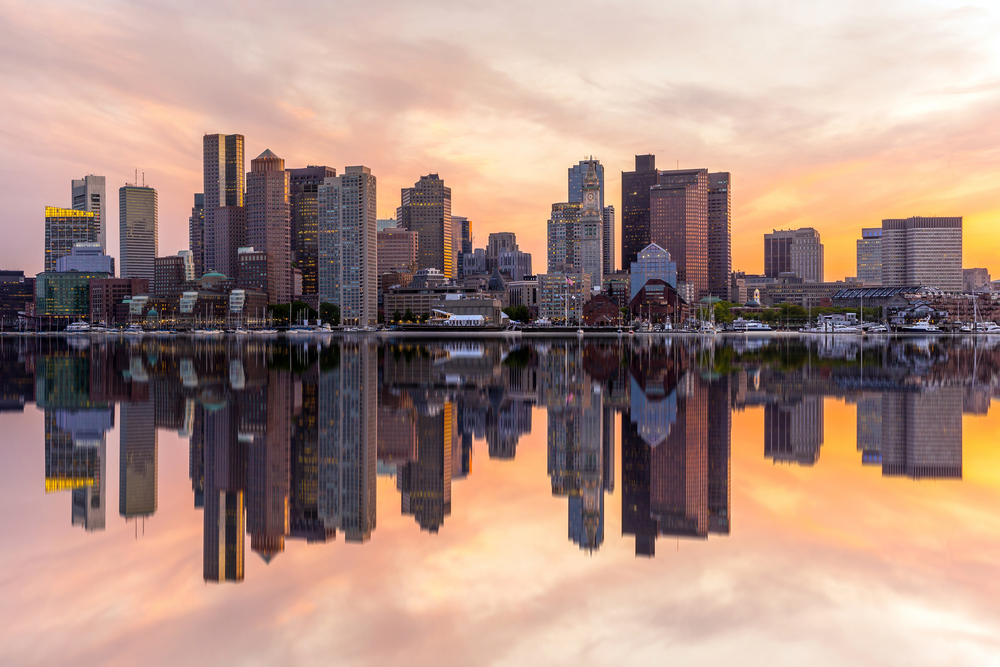
Boston Mayor Marty Walsh’s administration released its first quarterly report as part of the City of Boston’s comprehensive Boston 2030 housing initiative on Wednesday afternoon. Reports such as this are to be expected every quarter moving forward.
The mission of Boston 2030 is to establish more than 50,000 additional living units throughout the city by the year 2030 which includes newly built developments and the revitalization of current ones. Of the 53,000 fresh units expected to made available by 2030, some 20,000 will be made affordable.
According to the report, “production of new housing in on target to meet Mayor Walsh’s housing goals.” Some 13,000 units have either been completed or are in construction. In total, the report states, 21,000 units have been either permitted or approved Since January 2011.
Boston 2030 is a sweeping endeavor to create “new housing – some of that is building and new construction, some of that is renovation, some of that is opening up space,” Mayor Walsh told reporters on Wednesday.
Given that Boston’s millennial population is its largest demographic and perpetually growing – Boston 2030, based on Metropolitan Area Planning Council data, projects the city’s total population to swell to over 700,000 – the city plans to accommodate young professionals and students by offering workforce housing developments and more on-campus dorms, respectively.
Two transit-oriented zones have been determined for initial workforce housing projects: along the Orange Line between Jackson Square and Forest Hills stations, and the Red Line between Broadway and Andrew stations. The idea is to create density in under-utilized areas serviced by nearby transit hubs. In Q1, 75 percent of new housing groundbreakings took place within a five minute walk of major transit.
Sheila Dillon, Boston’s chief of housing, and Brian Golden, director of the Boston Redevelopment Authority said that discussions have been made internally to identify new growth zones though they were unable to specify exactly where.
“Thgere are about 15 other nodes that would like like” the Red and Orange line transit-oriented growth zones, said Golden.
Back in April, City Hall released the inaugural student housing report which stated that a substantial amount of the area’s students have removed themselves from off-campus living spaces deemed dangerous. The number of off-campus undergraduates has dropped by 1,442 since fall 2013. Prior to that, approximately 45,000 undergraduate and graduate students combined were living off-campus which marked a 36 percent over the prior 6 years.
For students, the issue isn’t just affordability but also safety. In 2014, Alpha Management owner Anwar Faisal was accused by the Boston City Council of housing students in decrepit conditions that were not up to health and safety code standards. Faisal’s Alpha Management had previously been engaged in a master lease agreement with Northeastern University.
The BRA approved the development of a Boston College dorm at at 2000 Commonwealth Ave that will feature 540 beds. Northeastern is currently vetting out its institutional master plan with the BRA.
But, as Department of Neighborhood Development Director of Operations Devin Quirk explained, the city of Boston of Boston “is not on pace for the number of dorm permits” expected thus far in the process.
The problem, said Mayor Walsh, is that some institutions, “don’t have the land. It also comes down to financing and bond capacity.”
Some solutions to that issue include smaller universities with land teaming up with larger student-abundant ones to share space and even to share dorms.
In general, housing deemed affordable for middle-class residents (housing defined by the report as being affordable to households with an income between $50,000 to $100,000 as well as comparable market-rate units) constituted 46 percent of all house construction that began in Q1 2015.
And while some residents, for example in the South End and Back Bay in regards to the Copley Place development, may feel inclined to suggest developers be held to a higher rate of affordable housing unit inclusion in contracts, Dillon said its a bit of a risky move
“It come down to whether it’s feasible,” said Dillon. “We really need to build [and] can’t cool production” at the risk of discouraging developers.
Boston is consistently regarded as one of the most expensive cities to live in the entire country. From buying a house or condo to renting a studio or multi-room apartment, Boston price points are generally lumped in the same bracket as San Francisco and New York City.

